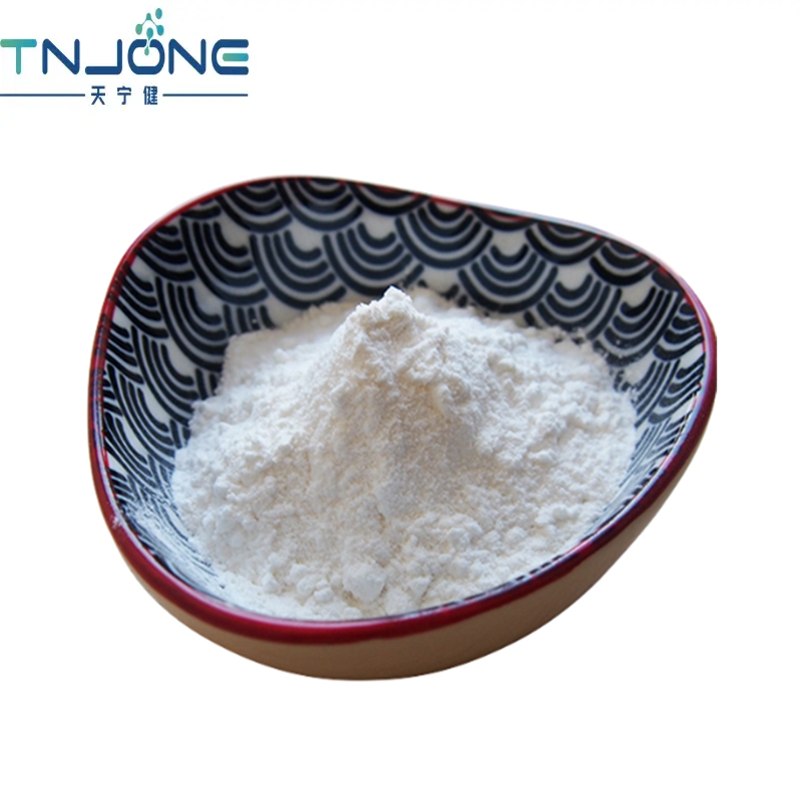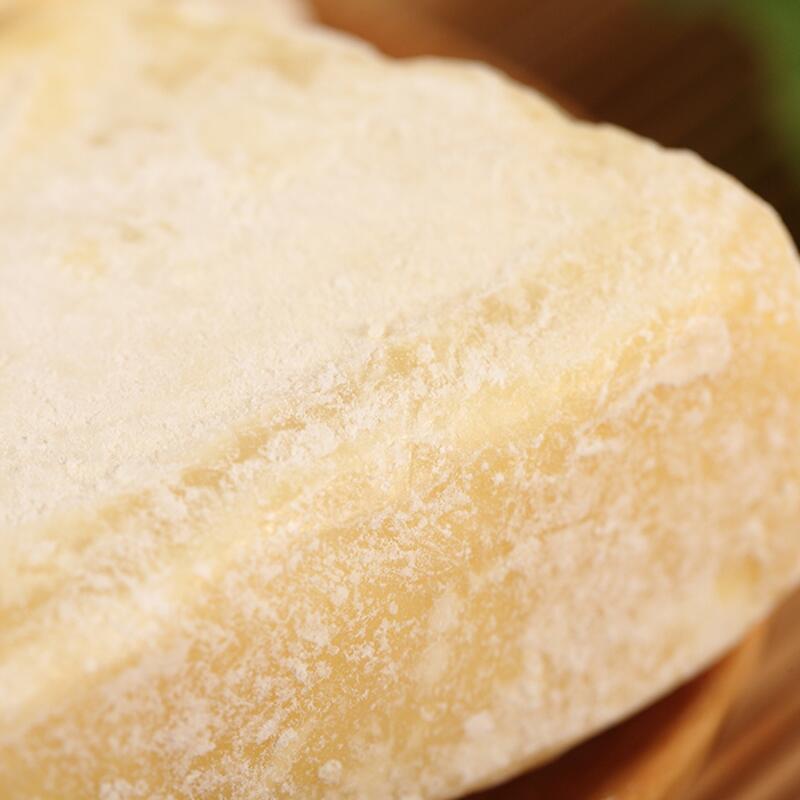-
Categories
-
Pharmaceutical Intermediates
-
Active Pharmaceutical Ingredients
-
Food Additives
- Industrial Coatings
- Agrochemicals
- Dyes and Pigments
- Surfactant
- Flavors and Fragrances
- Chemical Reagents
- Catalyst and Auxiliary
- Natural Products
- Inorganic Chemistry
-
Organic Chemistry
-
Biochemical Engineering
- Analytical Chemistry
-
Cosmetic Ingredient
- Water Treatment Chemical
-
Pharmaceutical Intermediates
Promotion
ECHEMI Mall
Wholesale
Weekly Price
Exhibition
News
-
Trade Service
.
By the end of this year, this area will reach 39.
1 million hectares
.
For the second crop of maize planted in Brazil, this area will increase by 177% to 32.
8 million hectares
.
The data comes from a regular survey conducted by consulting firm Kynetec specifically for the Brazilian Crop Protection Products Industry Alliance (Sinveg) on two corn crops
grown in the country.
1 million hectares
.
For the second crop of maize planted in Brazil, this area will increase by 177% to 32.
8 million hectares
.
The data comes from a regular survey conducted by consulting firm Kynetec specifically for the Brazilian Crop Protection Products Industry Alliance (Sinveg) on two corn crops
grown in the country.
Eliane Kay, executive director of Sindiveg, said: "The corn yellow-winged leafhopper, whose scientific name is Dalbulus maidis, is only half a centimeter in size and can cause very serious damage
to crops.
In addition to feeding on the sap of plants, it transmits a bacterium that causes stunted growth of plants during the initial growth cycle of cultivation, but whose symptoms manifest themselves only during the production phase"
.
to crops.
In addition to feeding on the sap of plants, it transmits a bacterium that causes stunted growth of plants during the initial growth cycle of cultivation, but whose symptoms manifest themselves only during the production phase"
.
Research by the Brazilian Academy of Agricultural Sciences (Embrapa) has shown that the presence of the corn yellow-winged leafhopper reduces the dry weight of the aerial part of each corn plant by 40% and the volume of roots by 62%.
Farmers' concerns about this impact are also reflected in the data: the area treated with agrochemicals has increased from 19.
548 million hectares in 2021 to 39.
072 million hectares
in 2022 in the control of the maize yellow-winged leafhopper.
In 2018, the area treated for this pest control was only 7.
2 million hectares
.
548 million hectares in 2021 to 39.
072 million hectares
in 2022 in the control of the maize yellow-winged leafhopper.
In 2018, the area treated for this pest control was only 7.
2 million hectares
.
Júlio Borges Garcia (President of Sinnveg) said that "these increases in treated area show that farmers will still protect their production by investing in and using pesticides, and that phytosanitary problems and productivity problems are still serious"
.
.







